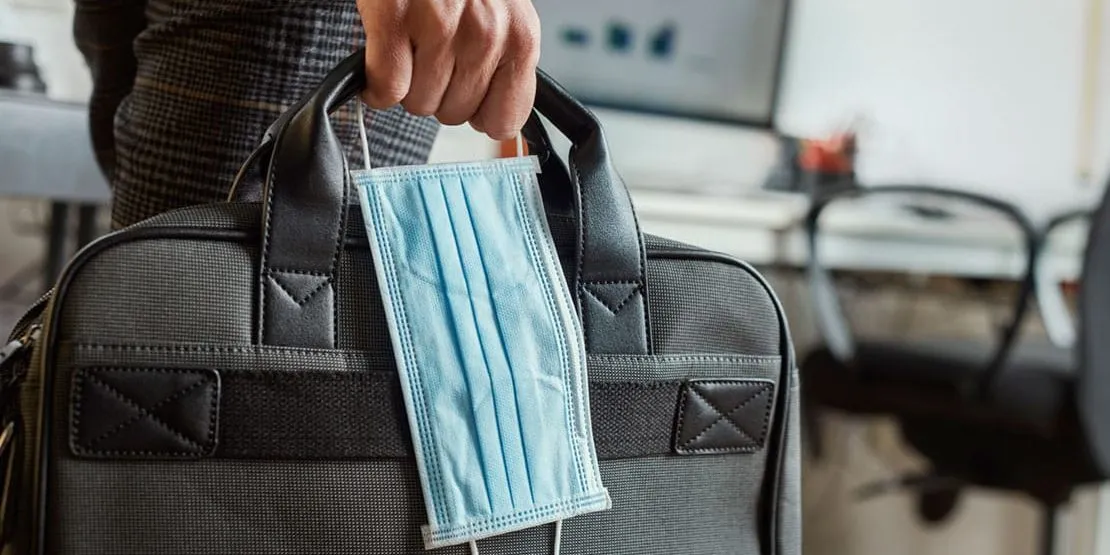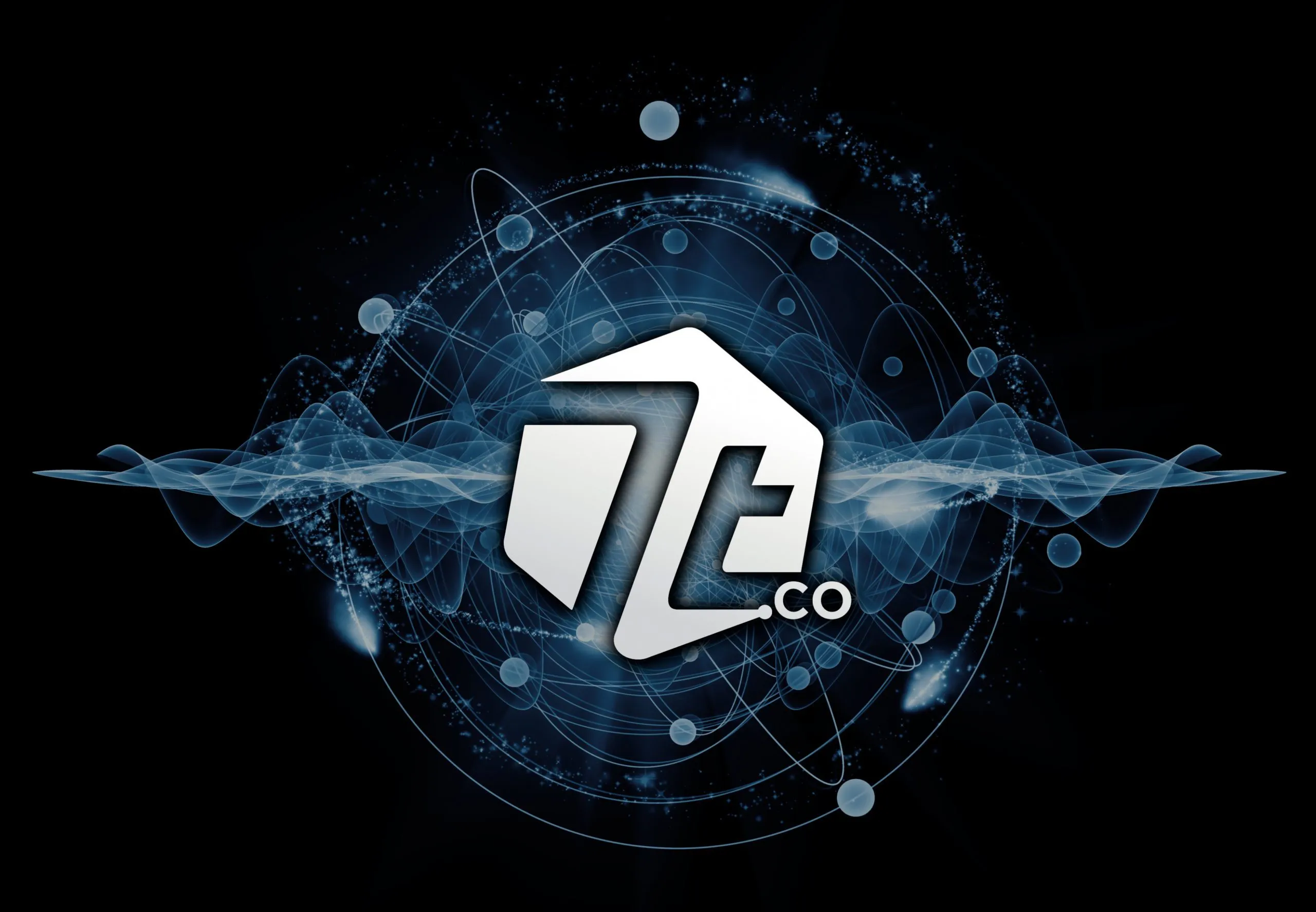The spread of COVID-19 has prompted some remarkable changes and innovations in the way we live, interact with society and in the technology we utilize. In fact, COVID technology innovations abound, with developers and innovators creating epidemic prevention technology, monitoring systems and so much more. Let’s examine how COVID-19 technology innovations are emerging in response to the most significant epidemic in a century.
COVID Robots for Monitoring Social Distancing
City officials worldwide have been turning to robotics for help in monitoring social distancing in parks and other spaces that tend to attract larger groups of people (thereby posing a danger in terms of COVID spread).
Singapore health officials thought this would be a great opportunity to send out their robotic dog to patrol the parks, working to ensure that park visitors adhered to social distancing requirements. The headless robotic dog — named “Spot” — was built by Boston Dynamics. The robot is equipped with a live 360-degree video camera that allows an operator to direct the pup as it makes its way through the park grounds. Spot can even bark out a pre-recorded message when he encounters people who are defying Singapore’s social distancing requirements.
Many cities are also using aerial drones to monitor beaches, parks and other locations where social distancing guidelines may be ignored.
Virtual Barcodes & Mobile Apps for Tracking Location
China, along with many other regions of the world, is leveraging mobile apps to help monitor people’s movements and their involvement in possible COVID-19 exposure incidents. While the US has privacy laws that have made it virtually impossible to implement this sort of technology in the States, China has no such regulations. Individuals are provided with a state-issued QR code in green (healthy), yellow (possible exposure) or red (extremely likely the individual was exposed to COVID).
The color of your QR code is based upon your travels and your exposures to individuals who are confirmed to have COVID-19. These QR codes must be displayed as you travel, visit shops and perform other day-to-day tasks. If you have a red QR code, for instance, you won’t be permitted to visit a particular shop or travel. These QR codes allow for a very sophisticated, high-tech version of contact tracing too. For instance, if you were dining at a restaurant beside another patron who was later confirmed to have COVID-19, then your QR code may turn red.
Of course, this technology only tracks the movements of a mobile device. So for this system to work effectively, individuals must have their mobile devices with them at all times. Since people generally keep their device within arm’s reach, this COVID technology innovation has proven quite successful thus far. South Korea is one nation that has seen good results with its use of contact tracing mobile apps and other epidemic prevention technology.
Doctor Robots for COVID Patients
Not only is COVID-19 very contagious, but hospitals continue to deal with chronic shortages in personal protective equipment (PPE). In an effort to reduce the chances of transmission in an environment where PPE is difficult to obtain, doctors and nurses began using robots to visit patients, with an iPad mounted in the position of a “face.”
Doctors and nurses can Facetime with patients and interact in real time, visiting their bedside and providing much-needed human attention — without endangering anyone’s health.
Proximity Trace Personal Monitoring Devices
Companies across the United States and beyond are leveraging a clever personal monitor called Proximity Trace, which records employees’ movements and beeps if two individuals come within six feet of each other.
What’s more, these devices actually record the movements of employees in a way that simplifies contact tracing in the event that a team member is diagnosed with COVID-19. If an individual were to get sick, the company could use Proximity Trace software to determine precisely who was within close proximity of the COVID-positive employee. This clever COVID technology innovation also allows a business to identify equipment and machinery that would require cleaning following exposure to a sick individual.
Temperature Checks and Hand Washing Sensors
Hitachi has been leading the pack in terms of COVID-19 technology innovations, as the company has released a device that accurately measures body temperature from a distance of 10 feet away. This not only limits exposure, but it also makes it much easier to monitor or screen large numbers of people. This type of device would be very useful in retail shops, at the entrance of a large office building, or at an airport screening checkpoint.
Hitachi’s COVID technology innovations don’t end there; the company has also developed a hand washing monitoring device that tracks hand washing activity. If workers fail to wash for the minimum requirement of 20 seconds, the device records this incident. This allows companies to determine if their staff are skimping on the vital activity of hand washing; if so, they can take action to remedy the problem.
COVID Technology Innovations and Digital Transformation
In addition to gadgets, robots and healthcare devices, COVID-19 technology transformations have included some fairly significant advances in e-learning and remote working capabilities. School districts and private companies alike have seized this opportunity to implement e-learning platforms, along with enterprise and cloud technologies that allow for remote productivity for workers in a wide variety of different business niches.
When we look back upon the COVID epidemic, we may notice the many advancements and digital transformations as a silver lining that helped put an end to the spread of the virus. At 7T, we’re committed to helping our clients realize the digital transformation that they need to address their own business challenges and pain points. For instance, our Fit Freedom mobile app technology has garnered lots of attention now that retailers and designers are seeking a more effective alternative to fitting rooms and in-person garment measurements.
Whether you require cloud data solutions such as Snowflake, enterprise software such as a CRM or ERP platform, a one-of-a-kind mobile app or another development project, our team is ready to assist.
7T has offices in Dallas, Houston, Chicago, and Austin, but our clientele spans the globe. If you’re in search of innovative digital transformation experts to help your company evolve and advance, contact 7T today.










